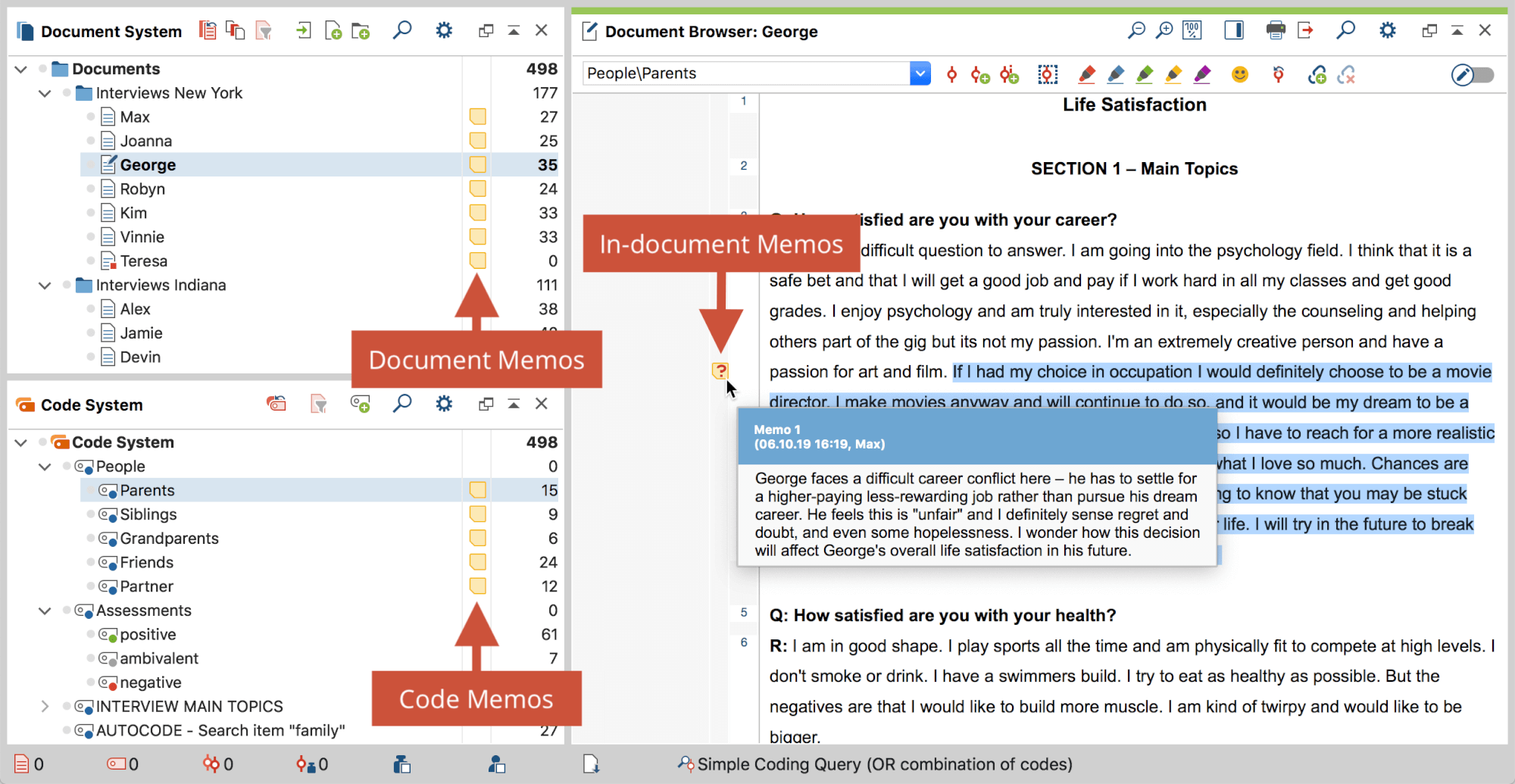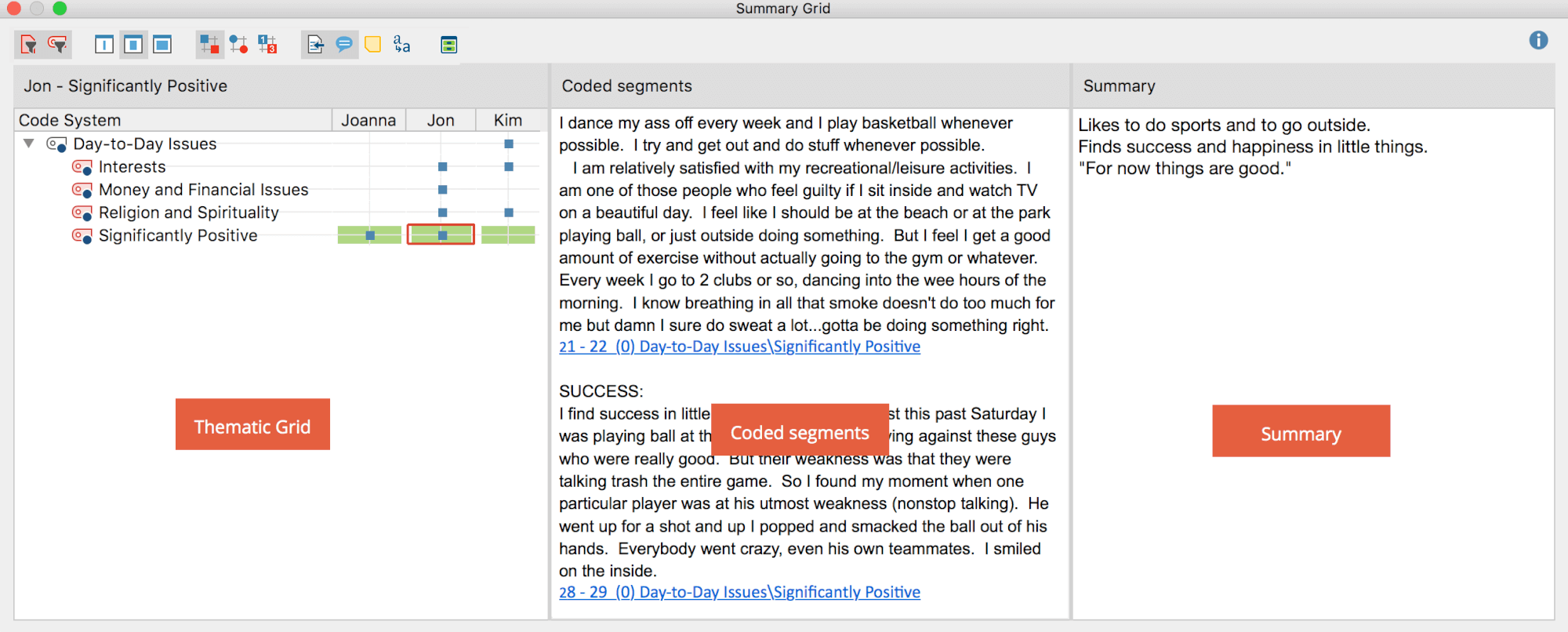

Thus, I see for a particular interviewee, for example, what environmental behavior he or she shows in everyday life, how he or she feels about the climate crisis, what problems he or she currently considers to be the biggest world problems, and whether he or she believes that influence is possible. Again, the basis is a Summary Table, in which the case-related summaries of several codes are displayed. The purpose of a Code Summary is to write an overarching summary for this code: What environmental behaviors do our interviewees report? What do they do? What do they find difficult? What do they reject? Do we find differences in behavior between, say, younger and older interviewees, those with children or those without?ĭocument Summaries are similar to Code Summaries in their function, but here a summary is written for each person, therefore one can also speak of Case Summaries. In a Summary Table, these case-based summaries were compiled for all or selected respondents in one column of the table. For example, in a study with 15 interviews, all text passages in which interviewees provide information about their personal environmental behavior were coded with the code “environmental behavior.” For the analysis of the coded segments, a summary of the text passages was written in the Summary Grid for each person.

In Code Summaries, the analytical results with regard to a code’s segments are recorded. What are Code and Document Summaries for?

A case-based Document Summary is created for the rows, and a theme-based Code Summary is created for the summary columns.


 0 kommentar(er)
0 kommentar(er)
